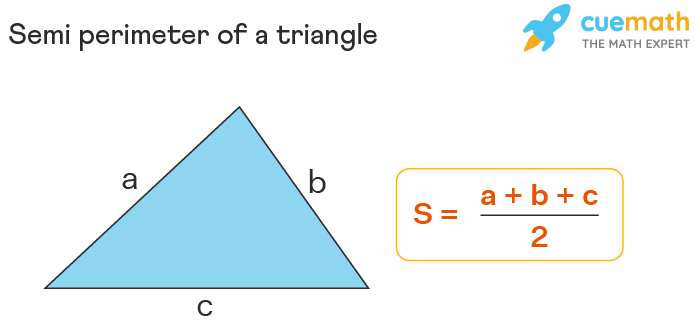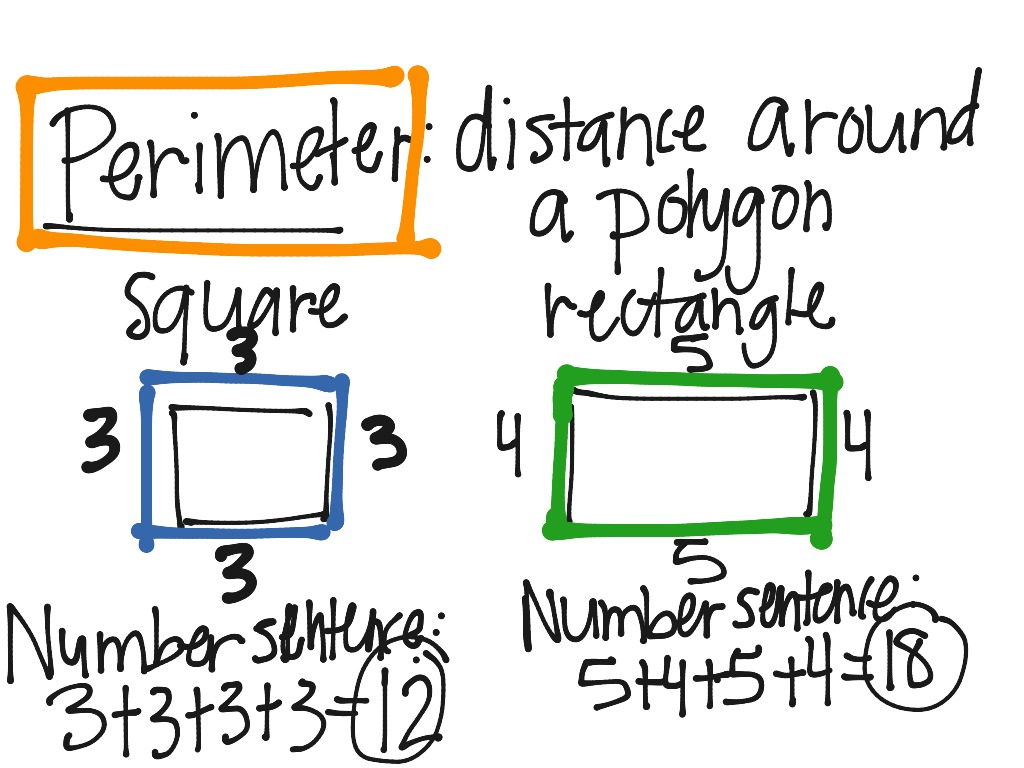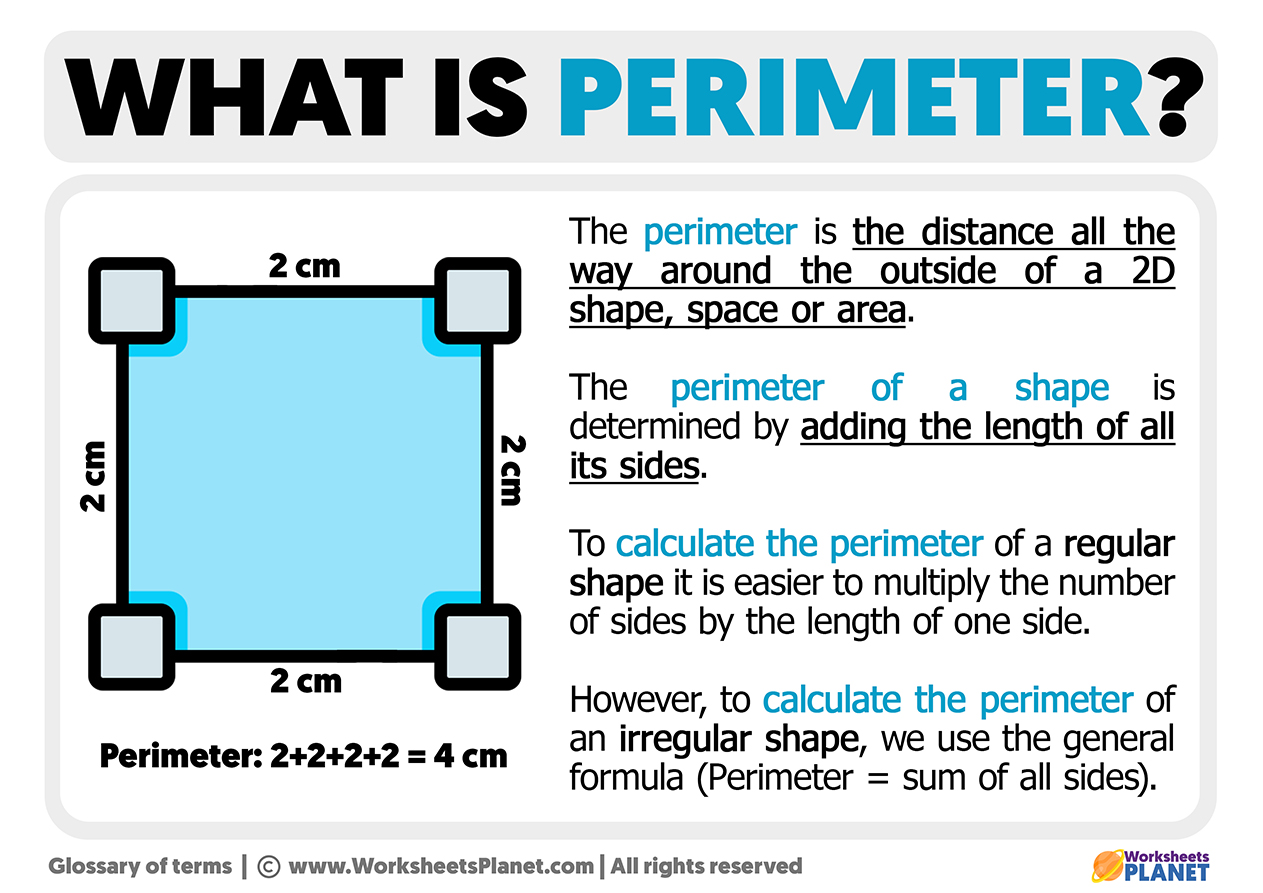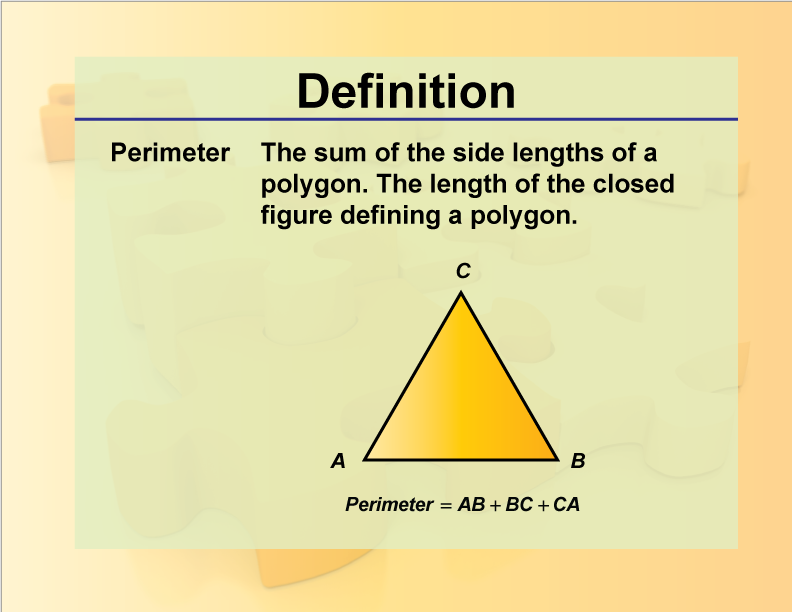Topic perimeter vs diameter: The comparison of perimeter vs diameter unveils essential insights into geometric measurements. This guide explores their definitions, mathematical relationships, and practical applications. Whether you’re in engineering, architecture, or education, understanding these concepts enhances precision in calculations and design. Dive into a comprehensive analysis of perimeter and diameter and their real-world significance.
Table of Content
- Understanding the Relationship Between Perimeter and Diameter
- Introduction to Perimeter and Diameter
- Definitions and Basic Concepts
- Mathematical Relationship Between Perimeter and Diameter
- Formulas for Calculating Perimeter and Diameter
- Visual Representations
- Applications in Various Fields
- Perimeter vs Diameter in Different Shapes
- Real-world Examples and Case Studies
- Common Misconceptions and Clarifications
- FAQs on Perimeter and Diameter
- Conclusion and Summary
- YOUTUBE: Xem video này để học cách tính chu vi của một hình tròn từ đường kính một cách dễ dàng và nhanh chóng.
Understanding the Relationship Between Perimeter and Diameter
The comparison between perimeter and diameter is essential in understanding the properties of circles and other shapes. This section delves into their definitions, differences, and their application in various fields.
Definitions
- Perimeter: The total length around a two-dimensional shape. For a circle, this is referred to as the circumference.
- Diameter: The straight line passing through the center of a circle, connecting two points on its boundary.
Formulae
- Circle's Perimeter (Circumference): \( C = 2\pi r \), where \( r \) is the radius.
- Diameter: \( d = 2r \), where \( r \) is the radius.
Comparative Analysis
The perimeter (circumference) of a circle is directly related to its diameter through the constant \( \pi \). The relationship can be expressed as:
\[ C = \pi d \]
In this context:
- The diameter is a measure of linear distance across the circle.
- The circumference is the measure of the circle's boundary.
Practical Applications
Understanding the relationship between perimeter and diameter is crucial in fields such as engineering, architecture, and various scientific calculations:
- Engineering: Used in designing wheels, gears, and circular components.
- Architecture: Important for planning circular structures and layouts.
- Science: Essential in calculating properties related to circular motion and areas.
Visual Representation
Below is a comparative illustration of a circle showing the perimeter and diameter:
Table Summary
| Property | Expression |
|---|---|
| Perimeter (Circumference) | \( C = \pi d \) |
| Diameter | \( d = \frac{C}{\pi} \) |

READ MORE:
Introduction to Perimeter and Diameter
Understanding the concepts of perimeter and diameter is fundamental in geometry and various applications in science and engineering. These measurements, though distinct, are interrelated and essential for analyzing and solving problems involving circular and other shapes.
Perimeter, often referred to as the circumference when dealing with circles, represents the total length around a shape. It's crucial for determining boundaries, framing structures, and calculating lengths in practical scenarios.
Diameter, specific to circles, is the straight-line distance passing through the center of the circle, connecting two points on its edge. This measure is pivotal for understanding circle dimensions, designing circular objects, and performing geometric calculations.
The relationship between perimeter and diameter in circles is given by the formula:
\[ C = \pi d \]
Here's a step-by-step breakdown of these concepts:
- Definition: The perimeter is the sum of the lengths of all sides of a shape. For a circle, it's the circumference. The diameter is twice the radius of the circle, the distance from one point on the edge through the center to another point on the edge.
- Formula:
- For the perimeter (circumference) of a circle: \( C = 2\pi r \) or \( C = \pi d \)
- For the diameter: \( d = 2r \)
- Applications:
- Calculating the perimeter is vital for tasks like framing a fence, designing layouts, and determining distances around circular or polygonal objects.
- Understanding diameter helps in designing circular objects, calculating areas, and analyzing properties related to circular motion.
Below is a simple comparison table illustrating the differences between perimeter and diameter:
| Aspect | Perimeter | Diameter |
|---|---|---|
| Definition | Total distance around a shape | Line through the center of a circle, connecting two points on its boundary |
| Symbol | \( C \) or \( P \) | \( d \) |
| Formula | \( C = \pi d \) | \( d = \frac{C}{\pi} \) |
| Unit | Linear measurement (e.g., meters, feet) | Linear measurement (e.g., meters, feet) |
Definitions and Basic Concepts
To fully grasp the concepts of perimeter and diameter, it's crucial to understand their definitions and the fundamental principles behind them. This section explores these terms and provides a foundation for their practical application.
Perimeter refers to the continuous line forming the boundary of a closed geometric figure. For polygons, it is the sum of the lengths of all sides, and for circles, it is specifically termed the circumference.
Diameter is a straight line passing from side to side through the center of a circle. It represents the longest distance across the circle, and is crucial in various geometric calculations involving circles.
Here are the basic concepts:
- Perimeter in Different Shapes:
- For polygons, it is the sum of the lengths of all the sides. For example, in a rectangle, the perimeter is calculated as \( P = 2(l + w) \), where \( l \) is the length and \( w \) is the width.
- For circles, the perimeter (circumference) is calculated using \( C = 2\pi r \), where \( r \) is the radius, or \( C = \pi d \), where \( d \) is the diameter.
- Diameter in Circles:
- The diameter is twice the radius, expressed as \( d = 2r \).
- It provides a direct measurement of the circle's width, passing through its center.
The following table summarizes the key differences between perimeter and diameter:
| Aspect | Perimeter | Diameter |
|---|---|---|
| Definition | Total distance around a closed figure | Longest straight line passing through the center of a circle |
| Calculation for Polygons | Sum of all side lengths | Not applicable |
| Calculation for Circles | \( C = \pi d \) or \( C = 2\pi r \) | \( d = 2r \) |
| Units | Linear measurement (e.g., meters, feet) | Linear measurement (e.g., meters, feet) |
Understanding these basic definitions and concepts is essential for further exploring the relationships and applications of perimeter and diameter in various geometrical contexts.
Mathematical Relationship Between Perimeter and Diameter
The mathematical relationship between perimeter (specifically, the circumference) and diameter is fundamental in understanding circular geometry. This relationship is succinctly described by the constant \( \pi \), which links the two measurements through simple and precise formulas.
The key formula connecting the perimeter (circumference) \( C \) and the diameter \( d \) of a circle is:
\[ C = \pi d \]
Here’s a detailed step-by-step explanation:
- Understanding \( \pi \):
- \( \pi \) (Pi) is an irrational number approximately equal to 3.14159.
- It represents the ratio of the circumference of any circle to its diameter.
- Deriving the Formula:
- By definition, the circumference \( C \) of a circle is directly proportional to its diameter \( d \).
- The proportionality constant is \( \pi \), leading to the formula \( C = \pi d \).
- Alternative Forms:
- Using the radius \( r \) (where \( r = \frac{d}{2} \)), the formula can be expressed as \( C = 2\pi r \).
The relationship is visually represented in the table below:
| Parameter | Formula | Description |
|---|---|---|
| Circumference (Perimeter) | \( C = \pi d \) | Product of \( \pi \) and the diameter |
| Alternative Form | \( C = 2\pi r \) | Product of \( 2\pi \) and the radius |
| Diameter | \( d = \frac{C}{\pi} \) | Ratio of circumference to \( \pi \) |
| Radius | \( r = \frac{C}{2\pi} \) | Ratio of circumference to \( 2\pi \) |
This relationship is crucial for various practical applications, including designing circular objects, calculating areas, and understanding the dynamics of circular motion.
In summary, the perimeter (circumference) and diameter of a circle are intimately connected through \( \pi \). Recognizing this relationship allows for precise geometric and engineering calculations.
Formulas for Calculating Perimeter and Diameter
Calculating the perimeter and diameter of shapes, particularly circles, is fundamental in geometry. This section outlines the key formulas and provides step-by-step methods for their calculation.
Perimeter Formulas
The perimeter varies based on the shape being measured. Here are the primary formulas:
- Perimeter of Polygons:
- For a rectangle: \( P = 2(l + w) \), where \( l \) is the length and \( w \) is the width.
- For a square: \( P = 4s \), where \( s \) is the length of a side.
- For a regular polygon (n sides): \( P = n \times s \), where \( s \) is the length of each side.
- Circumference of a Circle:
- \( C = 2\pi r \), where \( r \) is the radius.
- \( C = \pi d \), where \( d \) is the diameter.
Diameter Formulas
The diameter is typically associated with circles, but its concept can extend to other shapes for understanding their maximum width.
- Diameter of a Circle:
- \( d = 2r \), where \( r \) is the radius.
- \( d = \frac{C}{\pi} \), where \( C \) is the circumference.
- Determining Diameter Using Circumference:
- Rearrange the circumference formula: \( d = \frac{C}{\pi} \).
- This formula allows for the diameter to be calculated if the circumference is known.
Here is a summary table of the formulas:
| Shape | Perimeter Formula | Diameter Formula |
|---|---|---|
| Rectangle | \( P = 2(l + w) \) | Not applicable |
| Square | \( P = 4s \) | Not applicable |
| Regular Polygon | \( P = n \times s \) | Not applicable |
| Circle | \( C = 2\pi r \) or \( C = \pi d \) | \( d = 2r \) or \( d = \frac{C}{\pi} \) |
Understanding and applying these formulas allows for precise measurement and design in both academic and real-world scenarios, facilitating accurate calculations in engineering, architecture, and everyday problem-solving.

Visual Representations
Visualizing the concepts of perimeter and diameter is crucial for understanding their applications and relationships. This section provides diagrams and visual explanations to illustrate these geometric properties effectively.
Circular Representation
A circle's diameter and circumference (perimeter) are visually depicted below. The diameter \( d \) passes through the center of the circle, while the circumference \( C \) is the boundary.

- Diameter \( d \): The straight line through the circle’s center, touching both edges.
- Circumference \( C \): The length of the boundary of the circle.
Visualizing Perimeter in Polygons
For polygons, the perimeter is the sum of the lengths of all sides. Below is an example of a rectangle and a triangle with their perimeters highlighted.


- Rectangle: Perimeter \( P = 2(l + w) \), where \( l \) is the length and \( w \) is the width.
- Triangle: Perimeter \( P = a + b + c \), where \( a, b, \) and \( c \) are the lengths of the sides.
Comparison Chart
The chart below compares the visual differences between the perimeter and diameter of various shapes:
| Shape | Visual | Perimeter | Diameter |
|---|---|---|---|
| Circle |  |
\( C = \pi d \) | \( d \) |
| Rectangle |  |
\( P = 2(l + w) \) | Not applicable |
| Triangle |  |
\( P = a + b + c \) | Not applicable |
These visual representations help clarify the relationship between perimeter and diameter, demonstrating their use in both circular and polygonal shapes. By understanding these diagrams, the concepts become easier to apply in practical contexts.
Applications in Various Fields
The concepts of perimeter and diameter have broad applications across diverse fields, from engineering and architecture to everyday problem-solving. Understanding these applications helps in utilizing these geometric properties effectively.
1. Engineering and Design
- Structural Design: Engineers use perimeter calculations to design frameworks and enclosures. For example, determining the perimeter of a foundation is crucial for calculating the amount of material needed.
- Mechanical Components: The diameter of circular components such as gears, pipes, and bearings is essential for ensuring proper fit and function within mechanical systems.
- Road and Track Design: In road construction, the perimeter (or circumference) of curves is used to plan the layout and calculate the necessary materials.
2. Architecture
- Building Layout: Architects use perimeter measurements to plan the layout of buildings and landscapes, ensuring efficient use of space and materials.
- Circular Structures: The diameter is critical in the design of circular buildings, domes, and arches, helping to define the scale and structural integrity.
3. Mathematics and Education
- Teaching Geometry: Educators use the concepts of perimeter and diameter to introduce students to basic geometry, providing a foundation for more advanced mathematical topics.
- Problem-Solving: Students learn to apply perimeter and diameter calculations to solve practical problems, such as determining the length of fencing required for a circular garden.
4. Everyday Life
- Gardening and Landscaping: Homeowners use perimeter calculations to outline garden plots and determine the amount of edging material needed.
- Home Improvements: Calculating the perimeter of rooms helps in planning tasks such as painting walls or installing baseboards.
- Crafting and DIY Projects: Knowing the diameter and perimeter is useful in projects that involve creating circular patterns or fitting round objects.
Below is a table summarizing these applications:
| Field | Application | Key Metric |
|---|---|---|
| Engineering | Designing structures, mechanical components | Perimeter and diameter |
| Architecture | Building layouts, circular structures | Perimeter and diameter |
| Mathematics | Teaching geometry, problem-solving | Perimeter and diameter |
| Everyday Life | Gardening, home improvements, crafting | Perimeter and diameter |
The understanding and application of perimeter and diameter facilitate the design, analysis, and creation of various projects across different fields, highlighting their importance in both professional and personal contexts.
Perimeter vs Diameter in Different Shapes
Understanding the relationship between perimeter and diameter across various shapes is crucial in mathematics and real-world applications. Let's explore how these two concepts differ and interact in different geometric forms:
1. Circle:
In a circle, the perimeter is referred to as the circumference, denoted by C. The formula to calculate the circumference of a circle is:
\( C = 2\pi r \)
where \( r \) is the radius of the circle. On the other hand, the diameter (denoted by \( D \)) is the distance across the circle through its center. The relationship between the diameter and circumference is:
\( D = 2r \)
It's important to note that the circumference is always greater than the diameter in a circle.
2. Rectangle:
In a rectangle, the perimeter (denoted by \( P \)) is the sum of all its sides. If the length of the rectangle is \( l \) and the width is \( w \), then the formula for the perimeter is:
\( P = 2l + 2w \)
The diameter concept doesn't directly apply to rectangles, as it's specific to circles. However, in a rectangle, we could consider a diagonal, which is the line segment connecting two non-adjacent vertices. The length of the diagonal (\( d \)) in a rectangle can be calculated using the Pythagorean theorem:
\( d = \sqrt{l^2 + w^2} \)
3. Square:
A square is a special case of a rectangle where all sides are equal. Thus, the perimeter of a square is given by:
\( P = 4s \)
where \( s \) is the length of one side. Similar to rectangles, squares also have diagonals, and the length of the diagonal can be calculated using the Pythagorean theorem:
\( d = \sqrt{2} \times s \)
4. Triangle:
In a triangle, the perimeter (denoted by \( P \)) is the sum of the lengths of its three sides. If the lengths of the sides are \( a \), \( b \), and \( c \), then the formula for the perimeter is:
\( P = a + b + c \)
There's no direct concept of diameter in a triangle, as it's a polygon with straight sides. However, the concept of circumcircle (a circle passing through all three vertices of the triangle) exists, and its diameter is called the circumdiameter.
5. Other Shapes:
For other irregular shapes, the perimeter is still the sum of all sides. The concept of diameter might not be applicable in the same sense as in circles, squares, or rectangles, but depending on the shape, specific diagonal or segment lengths may be considered analogous to a diameter.
Real-world Examples and Case Studies
Examining real-world scenarios helps us grasp the practical significance of perimeter and diameter in various contexts. Let's delve into some examples and case studies:
- Fencing a Garden: When designing a garden fence, understanding the perimeter is crucial for determining the amount of fencing material required. The perimeter of the garden represents the total length of the fence needed to enclose the area effectively. Conversely, considering the diameter of circular gardens aids in optimizing the layout and positioning of features within.
- Pipeline Construction: In large-scale infrastructure projects like pipeline construction, accurate measurements of perimeter ensure the pipeline's security and efficiency. Knowing the diameter of pipes is vital for selecting appropriate materials, calculating flow rates, and ensuring compatibility with surrounding structures.
- Rim Size in Automobiles: In the automotive industry, the diameter of rims plays a significant role in determining tire compatibility, vehicle performance, and aesthetics. Manufacturers and enthusiasts consider both perimeter (circumference) and diameter measurements to ensure optimal tire fitment, handling characteristics, and overall vehicle appearance.
- Land Surveying: Perimeter measurements are fundamental in land surveying for defining property boundaries, planning land use, and assessing property values. Surveyors utilize perimeter calculations to accurately determine land area and establish legal boundaries. Meanwhile, understanding the diameter of circular parcels aids in optimizing land division and allocation.
- Architectural Design: Architects leverage perimeter measurements to create efficient floor plans, determine building footprints, and estimate construction costs. Additionally, considering the diameter of circular structures such as domes and arches ensures structural integrity, aesthetic balance, and spatial functionality.
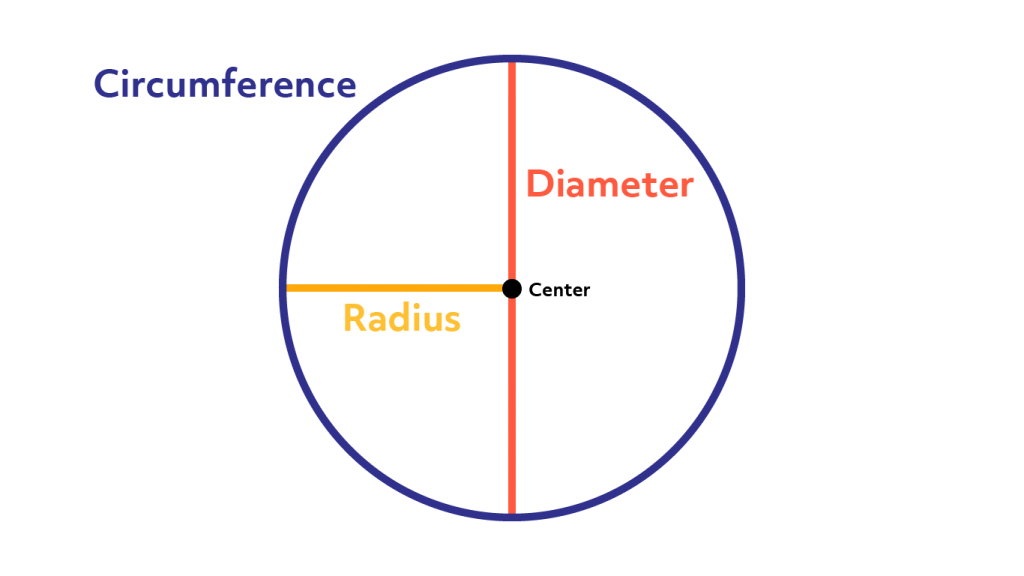
Common Misconceptions and Clarifications
Clarifying misconceptions about perimeter and diameter enhances understanding and promotes accurate application of these concepts. Let's address some common misunderstandings:
- Perimeter Equals Diameter in Circles: One common misconception is equating the perimeter of a circle with its diameter. While the diameter represents the distance across a circle through its center, the perimeter (circumference) is the total length of the circle's boundary. The two values are related (the circumference is equal to π times the diameter), but they are not interchangeable.
- Diameter Applies to All Shapes: Another misconception is applying the concept of diameter to all geometric shapes. Diameter specifically pertains to circles and spheres, representing the longest chord passing through the center. In contrast, perimeter refers to the sum of all sides' lengths in polygons and the circumference in circles.
- Perimeter Equals Area: Some may mistakenly assume that perimeter and area are synonymous. While perimeter represents the total length of the boundary of a shape, area refers to the space enclosed within that boundary. These are distinct measurements with different units (e.g., length versus area), and they serve different purposes in geometry and real-world applications.
- Perimeter and Diameter Are Independent: While perimeter and diameter are distinct measurements, they are interconnected in certain shapes, particularly circles. In a circle, the circumference (perimeter) is directly proportional to the diameter through the constant π. Understanding this relationship is essential for various calculations and applications involving circles.
- Perimeter is Only Relevant to Straight-Sided Shapes: While perimeter calculations are commonly associated with polygons and other straight-sided shapes, they are also applicable to curved shapes like circles and ellipses. In these cases, the perimeter is referred to as the circumference, emphasizing the total length of the curve's boundary.
FAQs on Perimeter and Diameter
Addressing frequently asked questions about perimeter and diameter helps clarify key concepts and dispel doubts. Let's explore some common queries:
- What is the difference between perimeter and diameter?
Perimeter refers to the total length of a shape's boundary, while diameter specifically pertains to circles and represents the distance across the circle through its center. - How do you calculate perimeter?
Perimeter calculation varies depending on the shape. For rectangles and squares, it's the sum of all sides' lengths. In circles, it's the circumference, calculated using \( C = 2\pi r \), where \( r \) is the radius. - What is the significance of diameter?
Diameter is crucial in determining the size and proportions of circular objects. It's used in various applications, including engineering, architecture, and mathematics, where precise measurements are essential. - Can perimeter and diameter be equal?
No, perimeter and diameter are different measurements and typically not equal. However, in the case of a circle, the ratio of the perimeter (circumference) to the diameter is constant and equal to \( \pi \). - Are perimeter and area the same?
No, perimeter and area are distinct measurements. Perimeter represents the total length of a shape's boundary, while area refers to the space enclosed within that boundary. They serve different purposes in geometry and real-world applications. - How are perimeter and diameter used in real life?
Perimeter and diameter have various practical applications, such as determining fence lengths, designing pipelines, selecting tire sizes for vehicles, surveying land, and creating architectural plans.
Conclusion and Summary
Understanding the distinctions between perimeter and diameter is essential for mastering geometry and applying mathematical principles in various real-world scenarios. Let's recap the key points:
- Perimeter: Perimeter refers to the total length of a shape's boundary. It is calculated differently for different shapes, such as rectangles, squares, triangles, and circles.
- Diameter: Diameter specifically applies to circles and represents the distance across the circle through its center. It plays a significant role in determining the size and proportions of circular objects.
- Relationship: While perimeter and diameter are distinct measurements, they are interconnected in certain shapes, particularly circles. In a circle, the circumference is directly proportional to the diameter through the constant π.
- Real-world Applications: Perimeter and diameter have practical applications across various fields, including engineering, architecture, land surveying, and automotive design. Understanding these concepts enables accurate calculations and optimal decision-making.
- Common Misconceptions: Clarifying misconceptions such as equating perimeter with diameter in circles or assuming diameter applies to all shapes enhances conceptual clarity and promotes accurate usage of these mathematical terms.
- FAQs: Addressing frequently asked questions provides additional insights into perimeter and diameter, clarifying key concepts and dispelling doubts commonly encountered by learners.
By grasping the fundamentals of perimeter and diameter, individuals can confidently tackle geometric problems, make informed decisions in various industries, and appreciate the elegance of mathematical principles in everyday life.
Xem video này để học cách tính chu vi của một hình tròn từ đường kính một cách dễ dàng và nhanh chóng.
Cách Tính Chu Vi của Một Hình Tròn từ Đường Kính
READ MORE:
Xem video này để tìm hiểu cách tính chu vi của các hình học và ứng dụng trong thực tế.
Tìm Chu Vi



